How To Install A Drip Line To Your Flower Pots

Enjoyed the project?

Comments
Join the conversation
-
I "think" that maybe you fill both pots with water and as water drains out of the small pot into the larger pot,it slowly drips back into the smaller plant pot. Which drains and re-waters slowly the plant and over and over. But I could be wrong.
 Sheila B
on Jun 04, 2014
Sheila B
on Jun 04, 2014
- See 2 previous
-
-
 Woo28386537
on Oct 04, 2017
Woo28386537
on Oct 04, 2017
Most do not have a sprinkler system. I don't. But I do use drip irrigation for my vegetable garden, and all of my wife's flowers. Many are in pots or containers, but many are permanently in the ground, like roses, for instance. Since going to it, not only do I use less water, but every plant gets the amount of water I want it to get. For some it might be one half gallon an hour. For some maybe two gallons. No one showed me how to set up the system, I just did some reading and then over the years experimented with it. Now I can go outside, set my timer for about two hours, or less, turn on the water faucet, and go back inside, out of the heat. It goes off with the timer. I turn off the faucet when I remember to, but it hasn't been running since the timer shut it off. I use a Nelson brand timer, which is "mechanical", rather than electronic. They only cost about ten dollars and last for years. Electronic ones are most common to find in the stores and may cost around $40. I avoid them. Order a cheaper Nelson on line if you need to.
Drip irrigation can't take full water pressure. The system is easy to put together, almost fun. You need half inch diameter plastic line, a pressure regulator, which keeps the pressure at about eight to ten lbs., a filter, 1/4" line, emitters (these are small and they drip out a predetermined amount of water an hour), and assorted other parts to allow you to attach the half inch line to the faucet at one end, and another part that shuts off the water at the end.
Read up on how this system works. I don't want to write a booklet here.
-



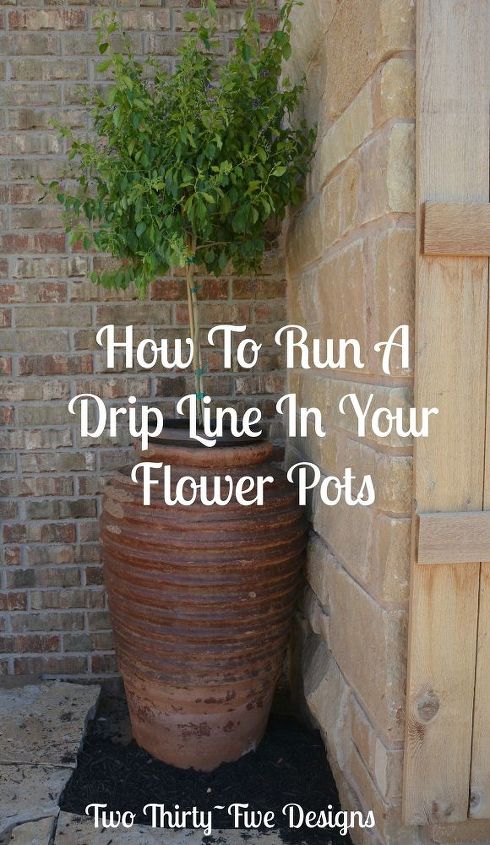
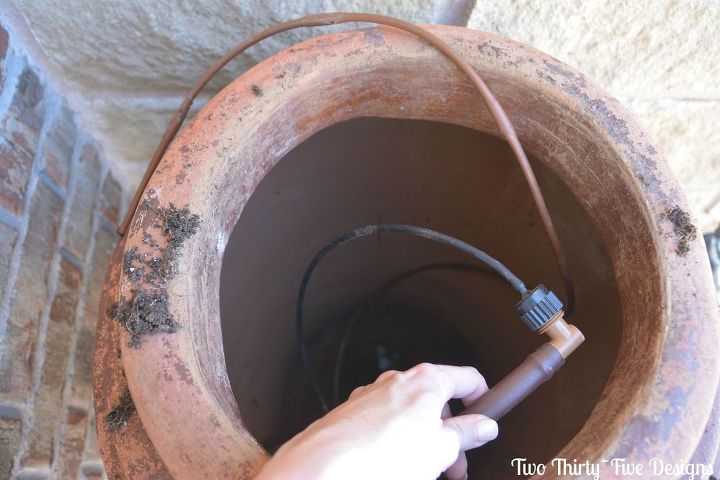
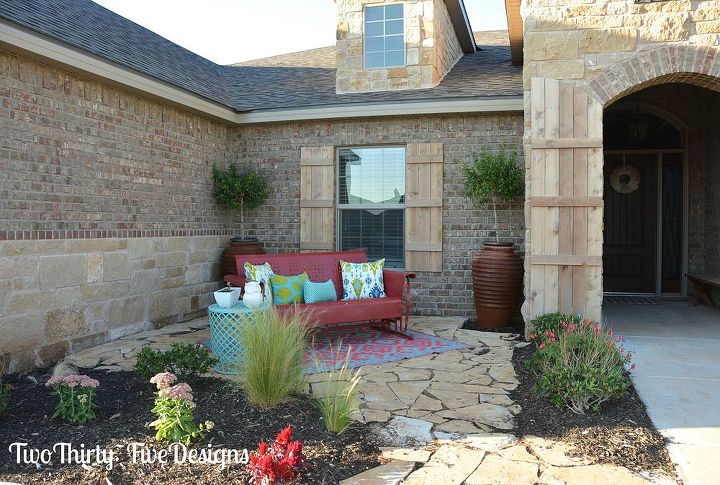
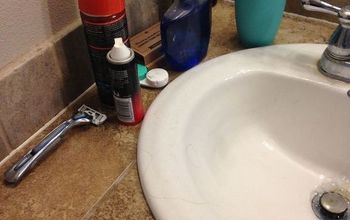




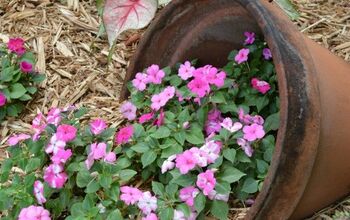



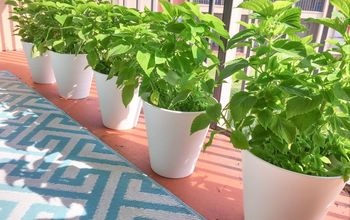




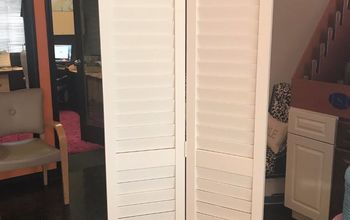
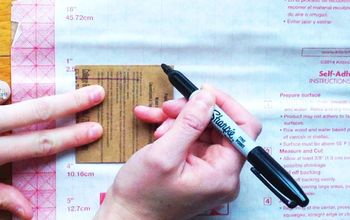

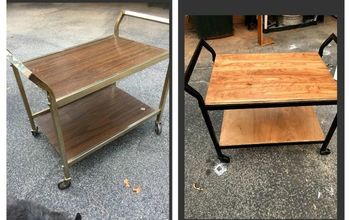
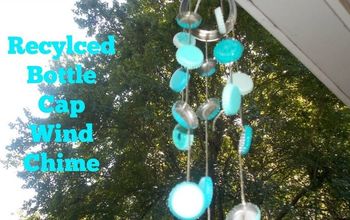

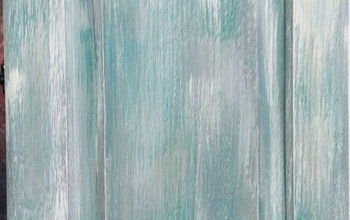
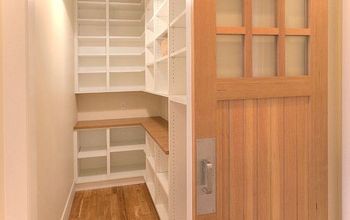
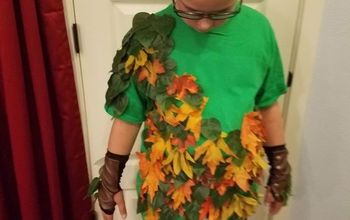
Frequently asked questions
Have a question about this project?